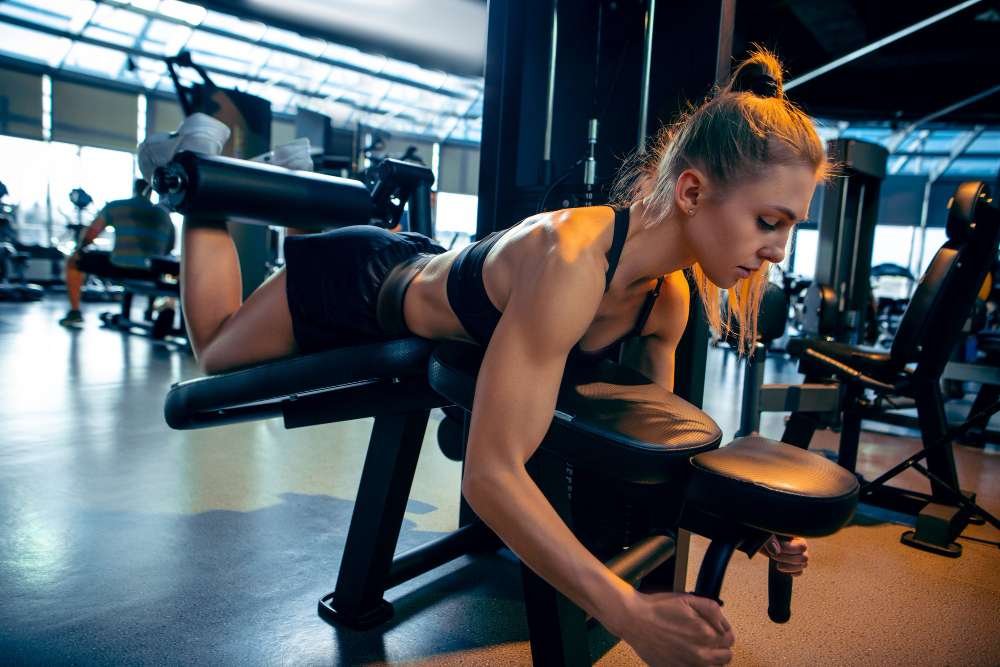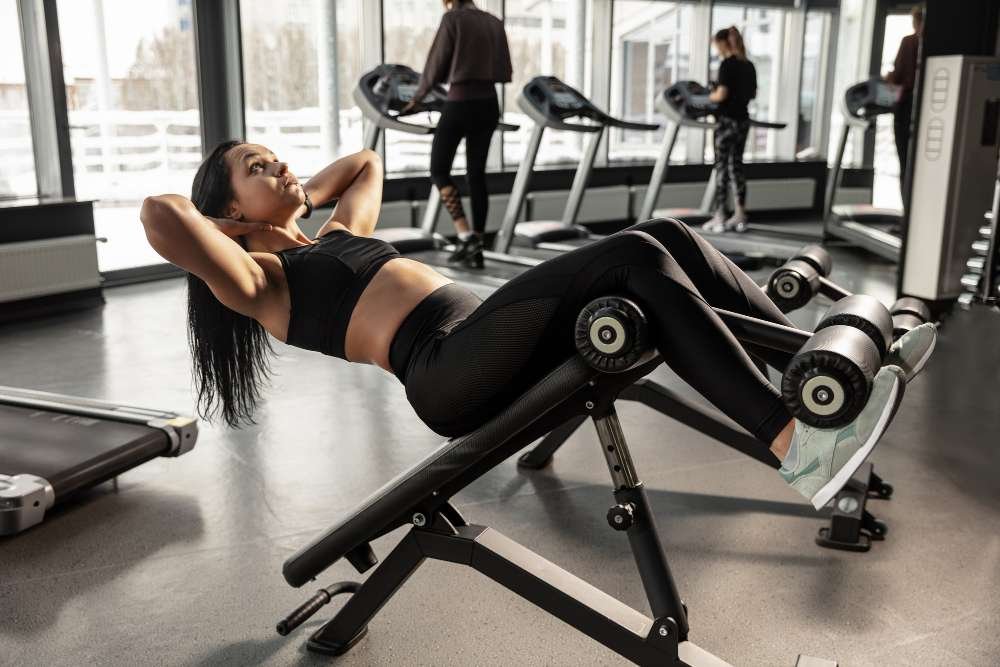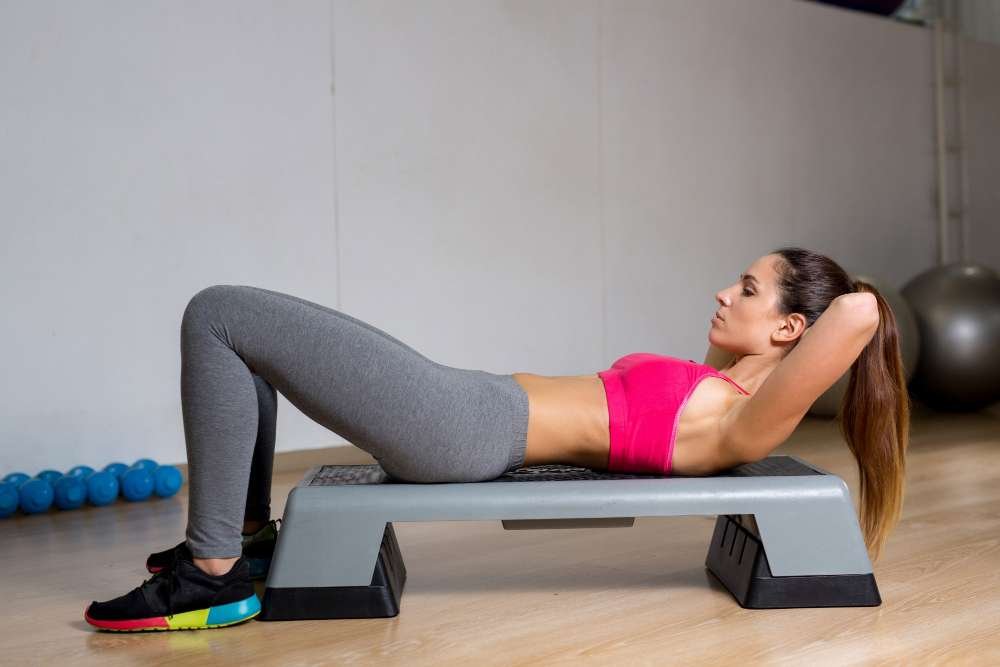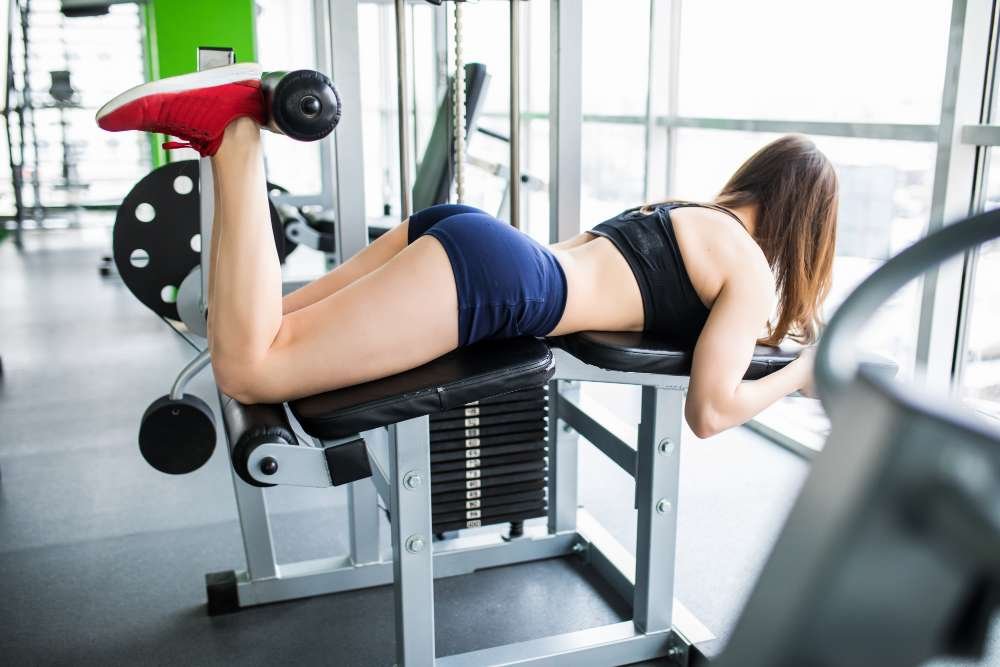Welcome to “Physical Fitness Care,” your one-stop shop for anything related to health and fitness. As a rising star in the field of core exercises, reverse sit-ups are the topic of this blog. Our team of fitness and wellness specialists will walk you through the amazing advantages of these exercises, clarify the correct execution techniques, and emphasize why they should be a crucial component of your workout regimen. Prepare to sculpt your physique with us as we strengthen your core.
The Science Behind Reverse Sit Ups
Before delving into the mechanics of how to execute reverse sit-ups, let’s first discuss their advantages. Reverse sit-ups primarily work the lower rectus abdominis, commonly known as the lower abs. This muscle group is crucial for maintaining the pelvis and supporting the lower back. A strong lower abdomen region helps to improve posture and lowers the chance of lower back problems.
Additionally working the iliopsoas and hip flexors, reverse sit-ups increase hip flexibility and mobility. You can expect increased athletic performance and greater hip stability by including these workouts in your program.

Preparing for Your Reverse Sit-Up Routine
Setting the Stage: Equipment and Environment
You will just require a limited amount of equipment and a proper training area to start your reverse sit-up quest. This is what you require:
- Exercise Mat: Choose a supportive, non-slip exercise mat to protect your back and improve stability while performing the exercises.
- Sturdy Surface: Find a sturdy, flat surface, such as the floor or a workout bench, to perform your reverse sit-ups.
- Foot Support: If you’re using a bench, ensure it has foot supports or grab a solid object to secure your feet.
Proper Attire
Wearing the right workout attire is essential for comfort and performance. Choose breathable, moisture-wicking fabrics that allow freedom of movement. A well-fitted pair of athletic shoes with ample arch support is also recommended for added stability.
Executing the Perfect Reverse Sit-Up
Step 1: Initial Position
- Laying down on your exercise mat, extend your legs in front of you, and place your hands on the ground with your fingers pointing down towards your feet.
- Maintaining a level foot on the floor, bend your knees at a 90-degree angle. This is your starting position.
Step 2: Engage Your Core
- Lean back slowly while contracting your abdominal muscles, lowering your upper body to the floor while keeping your back straight.
- To prevent straining your neck, keep your chest open, shoulders loose, and eyes fixed on the ceiling.
Step 3: The Ascent
- Contract your abdominal muscles and use your lower abs to lift your upper body back to the starting position.
- Ensure a controlled, smooth movement without jerking or using momentum.
Step 4: Repetition and Sets
- As you become more accustomed to the workout, gradually increase the number of repetitions after three sets of three to ten.
- As you lean back and then return to the beginning posture, remember to breathe rhythmically throughout the motion.
The Benefits of Incorporating Reverse Sit-Ups
- Targeted Lower Abdominal Strengthening: Reverse sit ups effectively engage the lower rectus abdominis, helping you sculpt a toned and strong core.
- Improved Posture: A solid core helps to improve posture, which lowers the chance of slouching and lower back problems.
- Enhanced Hip Flexibility: These workouts target the hip flexors as well, enhancing hip mobility and flexibility.
- Increased Athletic Performance: A stronger core and improved hip stability can lead to enhanced athletic performance in various sports and activities.

A Balanced Approach to Fitness
Maintaining a fit and healthy body goes beyond just targeting specific muscle groups. It involves a balanced fitness plan that combines cardiovascular exercises, flexibility training, and strength workouts. As a core-strengthening activity, reverse sit-ups might be a beneficial addition to your regular workout program.
Cardiovascular Exercises
To complement your core workouts, consider incorporating cardiovascular exercises like running, cycling, or swimming. These activities not only boost your cardiovascular health but also help burn calories and reduce body fat, revealing the toned core you’ve been working on.
Flexibility Training
Flexibility is often overlooked but is crucial for preventing injuries and improving overall fitness. Incorporate stretching exercises, yoga, or Pilates into your routine to enhance flexibility, balance, and range of motion.
Strength Workouts
In addition, to reverse sit ups, include other strength-training exercises to target different muscle groups. A well-rounded strength training routine will contribute to a lean, sculpted physique. Dumbbell exercises, squats, and push-ups are excellent choices.
Tailoring Your Routine
Remember that every individual’s fitness level and goals are unique. It’s critical to customize your fitness program to match your unique demands and goals. The following advice can help you tailor your fitness journey:
Consult a Fitness Professional
If you’re new to exercise or have specific fitness goals, consider consulting a certified fitness professional. They can create a personalized workout plan and ensure you’re performing exercises correctly to prevent injuries.
Set Realistic Goals
Set attainable long- and short-term fitness goals. Setting specific goals will assist you in staying motivated and monitoring your development, whether your goal is to reduce weight, build muscle, or improve your general health.
Mix It Up
Variety is the spice of life, and it applies to your fitness routine as well. Incorporate different exercises, change up your workout environment, or try new fitness classes to keep things interesting and prevent workout plateaus.
Listen to Your Body
Consider how your body reacts to activity. Rest and give your body time to heal if you are experiencing pain, discomfort, or weariness. Overtraining can lead to injuries and setbacks.
A Balanced Approach to Fitness
Maintaining a fit and healthy body goes beyond just targeting specific muscle groups. It involves a balanced fitness regimen that includes cardiovascular exercises, flexibility training, and strength workouts. Reverse sit-ups, as a core-strengthening exercise, can be a valuable addition to your overall fitness routine.
Cardiovascular Exercises
To complement your core workouts, consider incorporating cardiovascular exercises like running, cycling, or swimming. These activities not only boost your cardiovascular health but also help burn calories and reduce body fat, revealing the toned core you’ve been working on.
Flexibility Training
Flexibility is often overlooked but is crucial for preventing injuries and improving overall fitness. Incorporate stretching exercises, yoga, or Pilates into your routine to enhance flexibility, balance, and range of motion.
Strength Workouts
In addition to reverse sit-ups, include other strength-training exercises to target different muscle groups. A well-rounded strength training routine will contribute to a lean, sculpted physique. Dumbbell exercises, squats, and push-ups are excellent choices.
Tailoring Your Routine
Remember that every individual’s fitness level and goals are unique. It’s essential to tailor your exercise routine to meet your specific needs and aspirations. Here are some tips for customizing your fitness journey:
Consult a Fitness Professional
If you’re new to exercise or have specific fitness goals, consider consulting a certified fitness professional. They can create a personalized workout plan and ensure you’re performing exercises correctly to prevent injuries.
Set Realistic Goals
Establish achievable short-term and long-term fitness goals. Whether you aim to lose weight, gain muscle, or improve your overall health, setting clear objectives will help you stay motivated and track your progress.
Mix It Up
Variety is the spice of life, and it applies to your fitness routine as well. Incorporate different exercises, change up your workout environment, or try new fitness classes to keep things interesting and prevent workout plateaus.
Listen to Your Body
Pay attention to how your body responds to exercise. If you experience pain, discomfort, or fatigue, it’s essential to rest and allow your body to recover. Overtraining can lead to injuries and setbacks.

Final Thoughts
As you embark on your journey to master backward sit-ups and develop a stronger core, keep in mind that consistency, attention, and a holistic approach to fitness are crucial.
To change both your physical look and general well-being, you may incorporate this activity within a comprehensive fitness plan that also includes aerobic workouts, flexibility training, and other types of strength training.
Now is the moment to act and embrace a healthier, more energetic version of yourself. You’ll be astounded by the amazing results you may get on your fitness journey if you start now.

